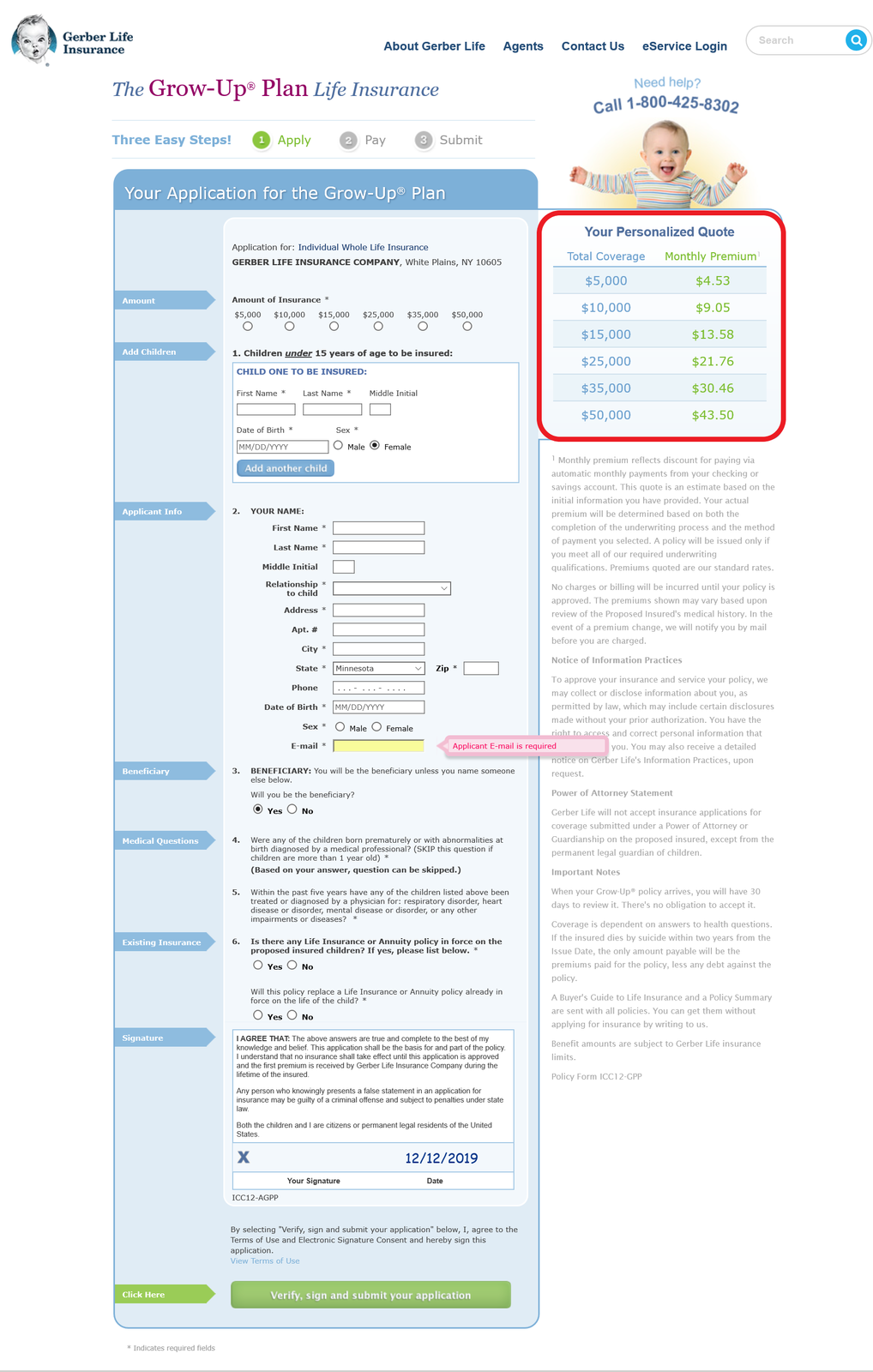

Once the policy is paid-up, it’s guaranteed to remain in effect for the rest of the insured’s life. They can choose the paid-up status with a lower death benefit. The policy becomes paid-up when the policy owner chooses to trigger the reduced paid-up feature of their whole life policy before reaching the end of the premium paying period.

It will remain in force, accumulating cash value and earning dividends (if participating in dividends), and provide a death benefit. For instance, if your policy is paid up at age 65, you don’t have to pay premiums after age 65. The premium payment period will tell you the number of premiums the policy owner must make to satisfy the paid-up feature of the policy. Whole life insurance policies come with a schedule of required premiums. The policy becomes paid-up once the policy owner satisfies the premium payments necessary for paid-up status. Whole life insurance policies have a paid-up provision that works in two ways. Premiums stay the same and the death benefit is guaranteed as long as you continue to pay the policy premiums. A whole life insurance policy offers life insurance coverage for the whole life of the insured individual. Paid-up life insurance is only an option for certain whole life insurance policies. It stays in-force until the insured’s death or if you terminate the policy. A paid-up life insurance is a life insurance policy that is paid in full, remains in force, and you don’t have to pay any more premiums.


 0 kommentar(er)
0 kommentar(er)
